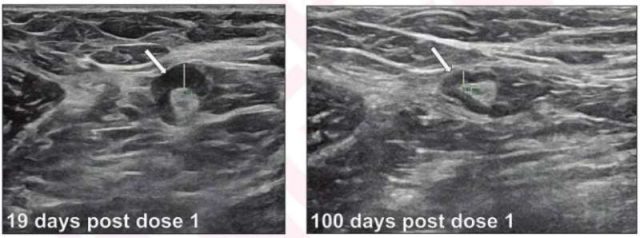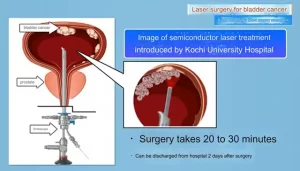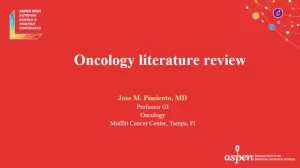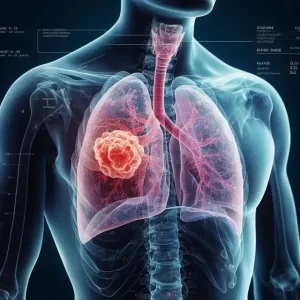Swollen axillary lymph nodes associated with the COVID-19 vaccine last longer than initially reported
- EPA Announces First-Ever Regulation for “Forever Chemicals” in Drinking Water
- Kochi University pioneers outpatient bladder cancer treatment using semiconductor lasers
- ASPEN 2024: Nutritional Therapy Strategies for Cancer and Critically Ill Patients
- Which lung cancer patients can benefit from neoadjuvant immunotherapy?
- Heme Iron Absorption: Why Meat Matters for Women’s Iron Needs
- “Miracle Weight-loss Drug” Semaglutide Is Not Always Effective
Swollen axillary lymph nodes associated with the COVID-19 vaccine last longer than initially reported
- Red Yeast Rice Scare Grips Japan: Over 114 Hospitalized and 5 Deaths
- Long COVID Brain Fog: Blood-Brain Barrier Damage and Persistent Inflammation
- FDA has mandated a top-level black box warning for all marketed CAR-T therapies
- Can people with high blood pressure eat peanuts?
- What is the difference between dopamine and dobutamine?
- How long can the patient live after heart stent surgery?
Swollen axillary lymph nodes associated with the COVID-19 vaccine last longer than initially reported.
The duration of axillary lymphadenopathy detected by breast ultrasound after COVID-19 mRNA vaccination was longer than reported in previous initial vaccine clinical trials.
A new study published in ARRS’ American Journal of Roentgenology (AJR) shows that axillary lymphadenopathy detected by breast ultrasound after COVID-19 mRNA vaccination lasts longer than reported in initial vaccine clinical trials .
“The extended resolution time supports a follow-up interval of at least 12 weeks for suspected vaccine-related lymphadenopathy and avoidance of post-vaccination post-vaccination mammograms,” wrote Michele B. Drotman, the study’s corresponding author of the paper.

Dotman and a team from Weill Cornell Medicine extracted health record data from 111 patients (average age 52 years) who developed unilateral axillary lymphadenopathy on the same side after vaccination with Pfizer or Moderna COVID-19.
Follow-up ultrasound within 4-12 weeks – breast ultrasound within the previous 8 weeks (January 1-October 1, 2021).
In this single-center study, ipsilateral axillary lymphadenopathy following COVID-19 mRNA vaccination resolved on average 97 days after breast imaging and 127 days after first dose.
Moderna (but not Pfizer) vaccinations had longer resolution times, received a second dose after onset, and had thicker cortical thickness at onset.
“The presence of subclinical lymphadenopathy and the longer resolution of lymphadenopathy should reassure radiologists and patients when lymph nodes suspected of being vaccine-related persist across multiple visits,” the authors of the article noted.
Swollen axillary lymph nodes associated with the COVID-19 vaccine last longer than initially reported
(source:internet, reference only)
Disclaimer of medicaltrend.org
Important Note: The information provided is for informational purposes only and should not be considered as medical advice.



